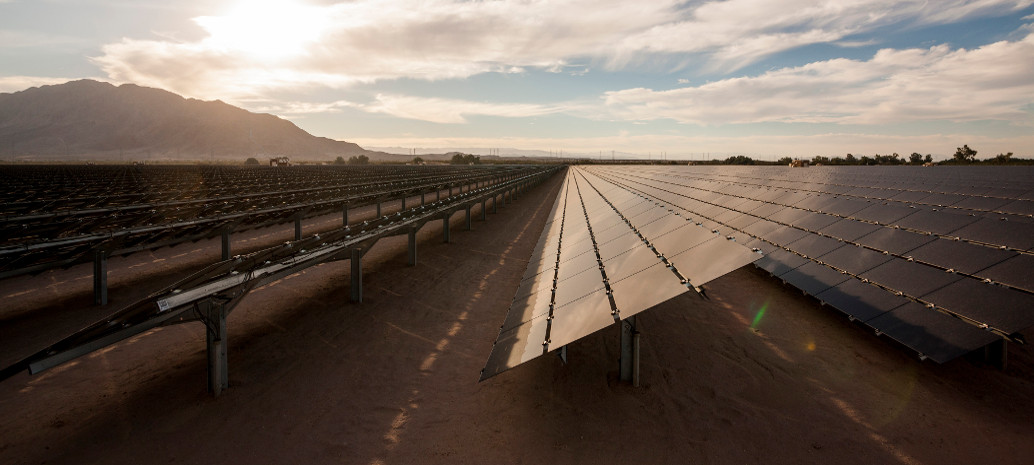At the National Smart Energy Summit in Sydney earlier this week, Australian Energy Market Operator (AEMO) CEO Audrey Zibelman made the exciting claim that by 2040, 25% of Australia’s electricity will come from rooftop solar. With this increasing rate of PV deployment, it is only logical that ARENA will provide significant funding for research to reduce the cost of sustainably managing panels at the end of their life cycles.
ARENA’s funding round aims to improve the economics of recycling, specifically concerning upfront design. It is designed to improve the management of recovered materials, while facilitating the development of innovative ways to reuse, repurpose, and recycle used panel components. ARENA believes the savings made in such areas could significantly lower the overall cost of both large-scale solar PV and rooftop PV generation by responsibly managing waste.
“Currently, solar PV panel recycling adds a cost to the supply chain,” said Darren Miller, CEO of the Australian Renewable Energy Agency (ARENA). “R&D can help find innovative solutions to reduce this cost, enabling sustainable and cost-effective management of solar panels at the end of their life.”
ARENA is also looking to top up Australia’s world-leading solar R&D sector with the ultimate aim of improving efficiency and cost-effectiveness across the board. The research in question will delve into both advanced silicon and tandem silicon efficiency, as well as new potential materials.
“The funding round also aims to build on Australia’s excellence in solar PV R&D, to increase efficiencies and drive down costs even further and help bring about the next generation in solar technology,” said Miller.
The payoffs and potential breakthroughs this funding could provide are wide-ranging. As Australia looks to embark on its National Hydrogen Strategy, improved solar performance could help the technology to underpin a whole new industry. Moreover, as the nation looks to decarbonize its major industrial sectors, the cheaper and more efficient the solar PV, the more lubricated the energy transition.
“More efficient and lower-cost solar PV can underpin the growth of a renewable hydrogen industry,” said Miller. “It can drive the electrification of transport and industrial processes, and can reduce the costs of delivering secure and reliable renewable electricity.”
Since 2009, ARENA has provided more than AUD 290 million in funding to approximately 300 solar research and development projects. The progress of the industry is testament to the astuteness of these investments and speaks to the necessity of ongoing support.
By Blake Matich
This content is protected by copyright and may not be reused. If you want to cooperate with us and would like to reuse some of our content, please contact: editors@pv-magazine.com.



1 comment
By submitting this form you agree to pv magazine using your data for the purposes of publishing your comment.
Your personal data will only be disclosed or otherwise transmitted to third parties for the purposes of spam filtering or if this is necessary for technical maintenance of the website. Any other transfer to third parties will not take place unless this is justified on the basis of applicable data protection regulations or if pv magazine is legally obliged to do so.
You may revoke this consent at any time with effect for the future, in which case your personal data will be deleted immediately. Otherwise, your data will be deleted if pv magazine has processed your request or the purpose of data storage is fulfilled.
Further information on data privacy can be found in our Data Protection Policy.